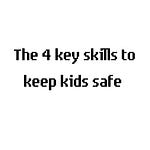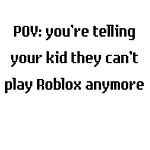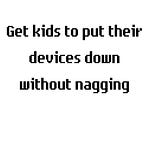Before you ask, this toy is a “pindaloo” and I highly recommend it.
When we introduce something to our kids, we want them to be able to enjoy what we’re giving them, but we also want them to be successful and safe.
When we give them something like a new toy, we may *wish* they could pick up the toy and be immediately successful, but in many cases even toys involve skills.
So, what do we do? We set them up for success. We don’t give them a baseball and then tell them to practice throwing it right outside a glass window. We model how to use it, we learn alongside them, we help them notice the feedback they’re getting from the toy and what it might mean, and we show them how adjusting to that feedback can make the experience more enjoyable.
And, as they get better at something like a juggling toy or a yoyo, we back off, knowing that they can use the toy safely with the skills they’re building.
This same approach is helpful for technology: just as we would have kids practice this toy over carpeting instead of tile or wood floor, we can give our kids curated online experiences that allow them to explore and experiment, while remaining safe.
This might mean using technology in shared spaces, or with a monitored or shared account. And it also often means utilizing the parental controls and settings available on technology, while actively giving kids a chance to practice skills like speaking politely online with family members or in-real-life friends, before giving them access to interacting with strangers.
For in-depth, detailed strategies on how to set your kids up safely while empowering them for the future, be sure to check out chapter 7 of my new book “Power On: Managing Screen Time to Benefit the Whole Family”, out August 26!.









